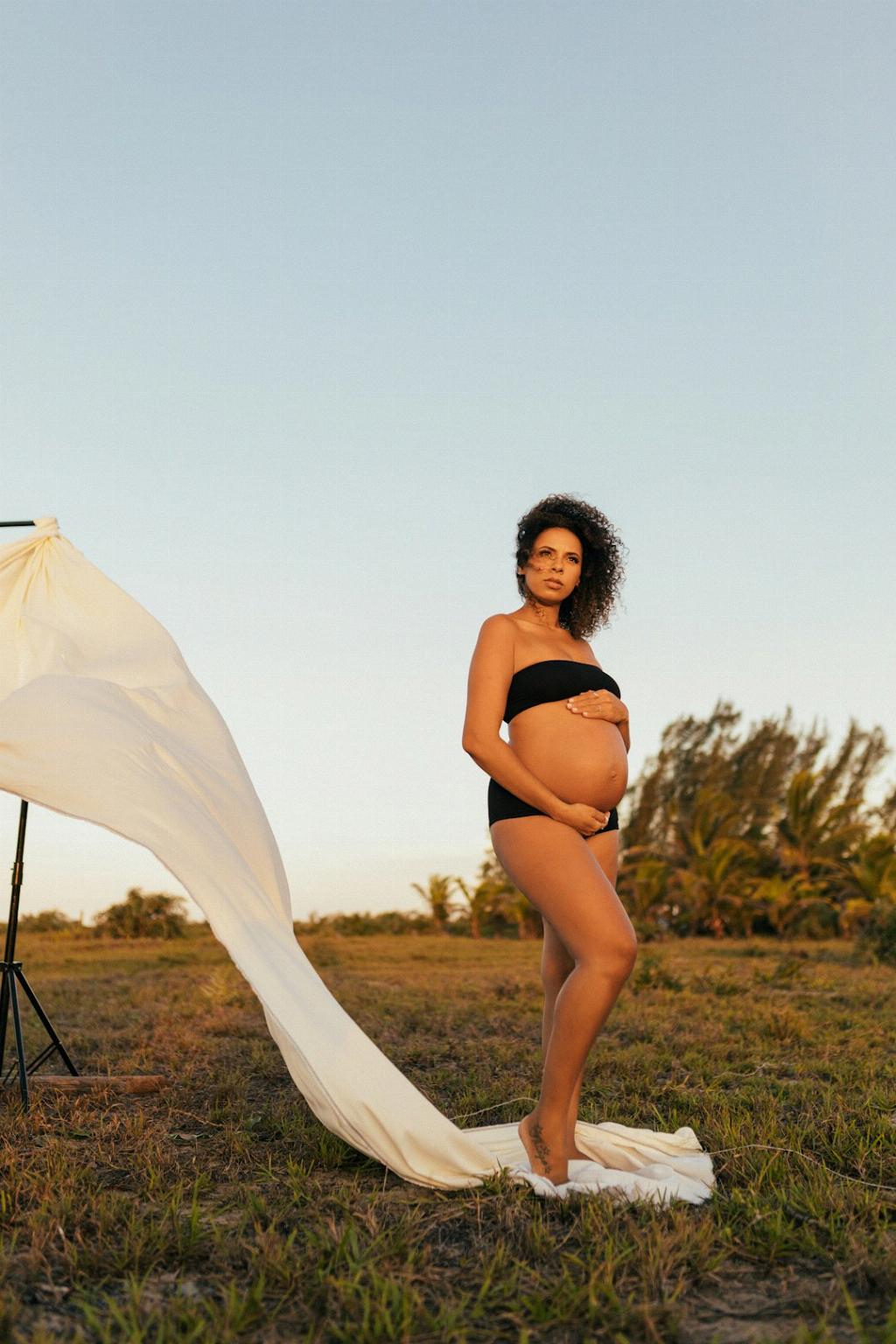When your cat reaches the third week of her pregnancy, it’s an exciting time as the kittens’ development truly begins. One of the key signs that your cat is pregnant at this stage is the growth of the embryos’ organs. This milestone triggers a surge in hormones within your cat’s body, which can lead to visible physical changes.
Physical Appearance Changes
During the third week of pregnancy, you may notice that your cat’s nipples start to become swollen and take on a pink hue. This transformation is a result of the hormonal fluctuations occurring as the embryos mature. It’s a visual cue that your cat’s body is preparing for the arrival of her kittens.
Behavioral Changes
Aside from the physical changes, your cat’s behavior may also start to shift around the third week of pregnancy. You might observe alterations in her appetite, with some cats showing an increase in food consumption, while others may become more picky about their meals. Additionally, she may seek more attention from you or display nesting behaviors as she prepares for the birth of her kittens.
Weight Gain
At three weeks into the pregnancy, your cat may start to gain some weight as her body begins to support the growing embryos. This weight gain is usually gradual and may not be very noticeable at this early stage. You might observe a slight fullness in her abdomen, but the kittens are still quite small and tucked away in her uterus.
Veterinary Care
It’s essential to schedule a veterinary appointment around the third week of pregnancy to confirm the pregnancy and ensure that your cat and her developing kittens are healthy. Your vet can provide guidance on nutrition, prenatal care, and offer advice on preparing for the birth.
Dietary Needs
As your cat progresses through her pregnancy, her nutritional requirements will change. By the third week, you should start transitioning her to a high-quality kitten food to provide her with the extra nutrients she and her growing kittens need. Be sure to consult with your veterinarian to determine the best diet for your pregnant cat.
Monitoring Progress
Keep a close eye on your cat’s progress during the third week of her pregnancy. Regularly monitor her behavior, appetite, and physical changes, such as her nipple size and color. Any concerns or sudden changes should be discussed with your veterinarian to ensure the health and well-being of your furry friend.
Preparing for Birth
As your cat enters the third week of pregnancy, it’s a good time to start preparing for the upcoming birth. Set up a quiet, warm, and comfortable area where she can give birth and care for her kittens. Provide nesting materials and ensure that she has access to plenty of fresh water and nutritious food.
Emotional Support
During this crucial stage of her pregnancy, your cat may appreciate some extra love and attention from you. Spend quality time with her, offer gentle pets and cuddles, and create a calm and stress-free environment in your home. Your emotional support can help keep her relaxed and comfortable throughout her pregnancy.
Conclusion
Overall, a 3-week pregnant cat may exhibit visible signs such as swollen and pink nipples, behavioral changes, and potential weight gain. Monitoring her progress, providing proper veterinary care, adjusting her diet, and preparing for the birth are essential steps during this exciting time. By staying attentive to her needs and ensuring she receives the necessary care, you can help your cat have a healthy and successful pregnancy.

